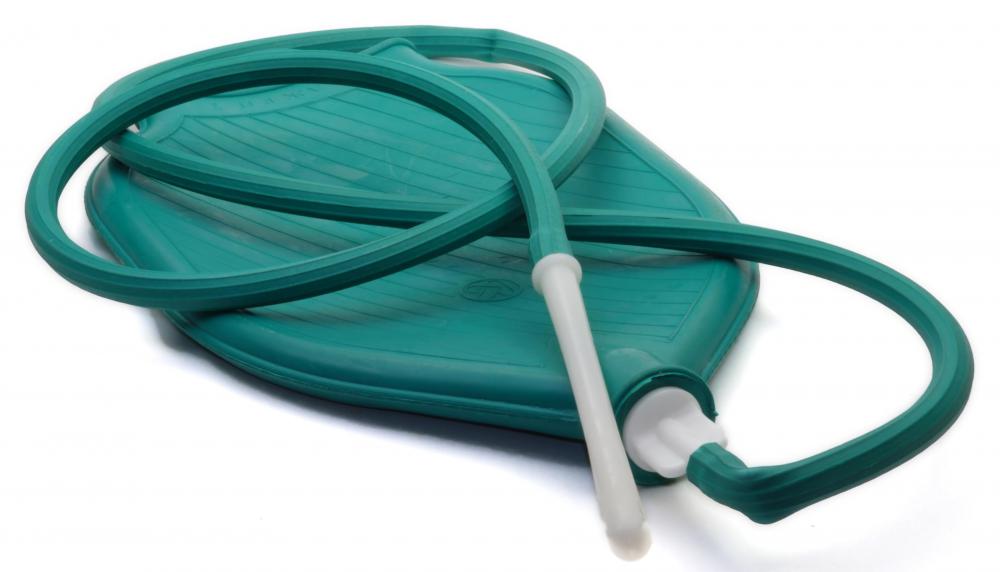At TheHealthBoard, we're committed to delivering accurate, trustworthy information. Our expert-authored content is rigorously fact-checked and sourced from credible authorities. Discover how we uphold the highest standards in providing you with reliable knowledge.
What Is a Rigid Sigmoidoscopy?
A rigid sigmoidoscopy is a diagnostic procedure that a doctor may use to evaluate the health of the patient's rectum and lower part of the colon, or large intestine. The sigmoidoscope is a tube with an attached light that is inserted into the rectum. Flexible sigmoidoscopes are generally used more often, because doctors can view more of the colon, while rigid sigmoidoscopes may still be occasionally used for certain people, such as young patients who are bleeding rectally. Patients may undergo this procedure to determine the causes of inflammation or bleeding. It may allow doctors to see tumors, polyps, and other abnormal growths, and to diagnose hemorrhoids and diverticulosis.
To prepare for a rigid sigmoidoscopy, patients should discuss their medications and medical conditions with their doctors, as well as a past history of similar procedures. Any drugs that contain iron may need to be discontinued for a brief period of time. The doctor may request that the patient have his stool, urine, or blood tested prior to the rigid sigmoidoscopy. When the procedure is scheduled, patients should arrange to have someone else drive them home from the hospital.

The doctor may provide specific instructions regarding the consumption of food prior to the procedure. Before the appointment, patients will need to use laxatives to flush the bowel and an enema on the morning of the rigid sigmoidoscopy. It is recommended that people wear loose, comfortable clothing to the appointment.
Some patients may prefer to receive a sedative to alleviate any discomfort. Once they are on the examining table, the doctor will ask them to lie on their left sides with the knees drawn up. The doctor will first perform a rectal exam with a gloved finger before inserting the sigmoidoscope. Then, the instrument is slowly moved into the lower colon while the doctor examines the images. Sometimes, small polyps or tissue samples may be removed for analysis.
A rigid sigmoidoscopy typically does not take longer than five to 15 minutes. Patients will be asked to lie still for a short time while they recover. Passing gas may help alleviate discomfort.

Before undergoing a rigid sigmoidoscopy, patients should discuss the potential risks with their doctors. Very rarely, a hole may be torn in the bowel, called a bowel perforation, or bleeding may occur if a biopsy, or small tissue sample is taken. Colon infections following this procedure are also uncommon. Patients should notify their doctors immediately if they experience severe abdominal pain, a fever, or heavy rectal bleeding. Immediate medical help is required for those who have a bloody bowel movement, vomit with blood or bile, or have severe constipation, as well as those who cannot eat or drink, cannot urinate, or have a hard and tender abdomen.
AS FEATURED ON:
AS FEATURED ON:

















Discuss this Article
Post your comments